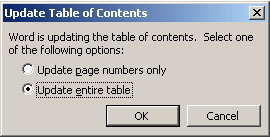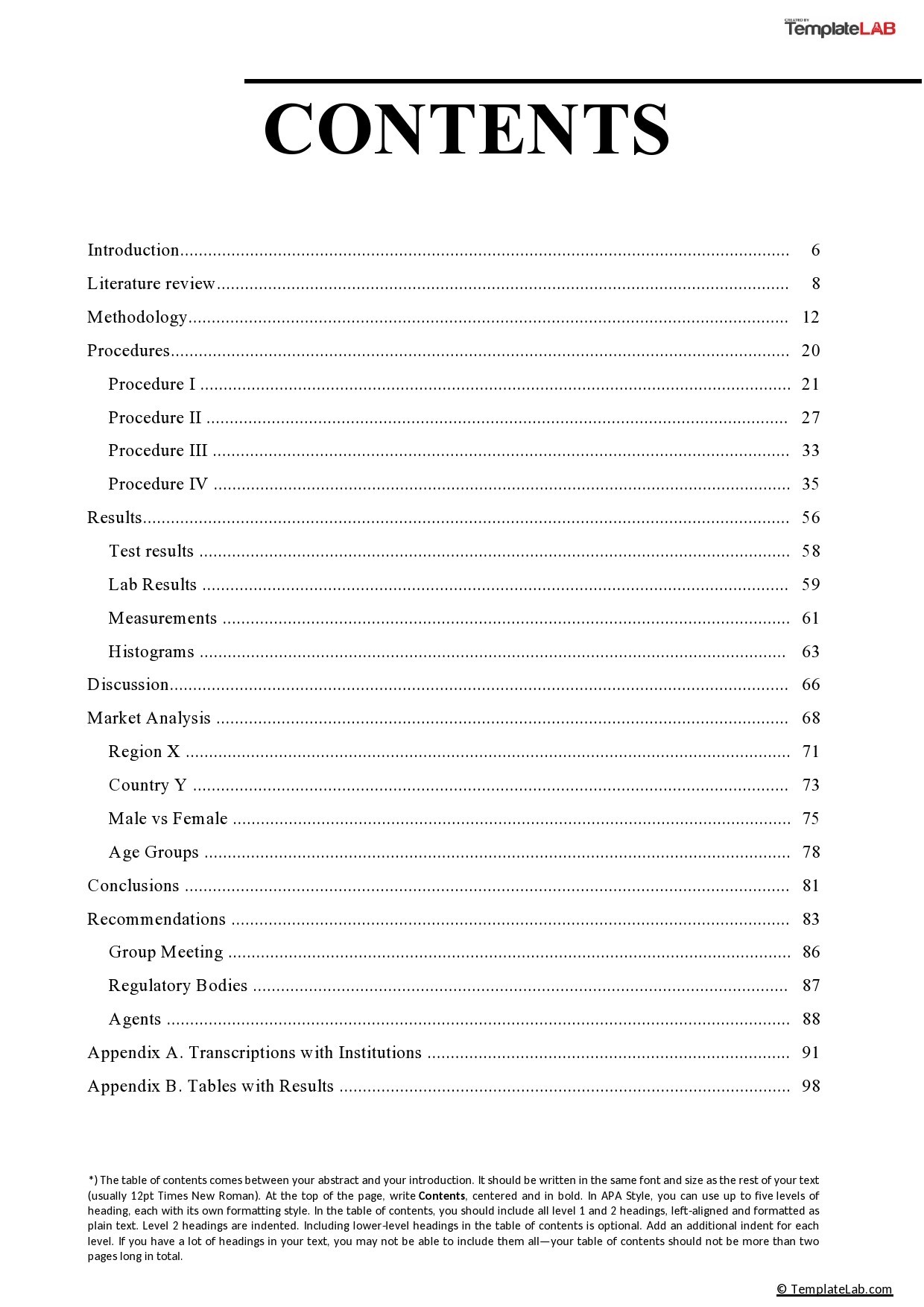

To update the page numbers, once you have it looking the way you want, just left-click on the ToC (anywhere) and you’ll see an Update Table tab.Ĭlick on the tab and select “Update Page Numbers Only.” If you have added headings or made other changes, click on “Update Entire Table.” Be warned, however, that this will eliminate any manual changes you have made to the table. To make changes, just type what you want into the text.

Go to the page where you want the ToC to be, go to the REFERENCES tab, and click on the Table of Contents square.Īt that point, you can click on one of the Automatic Tables and then manually change the table format in the text or click on Custom Table of Contents and set up what you want. You can also use those little triangles/arrows to hide/unhide subsections from view, such as when you want to concentrate on a single chapter. What’s more, if you click on a line in the Navigation Pane and drag it, Word will move that section around for you in the text. Click on the different lines of the outline, and Word will take you to that heading. You’ll see that Word is making an outline of your paper. If it’s not showing, go under the VIEW tab and click the box for “Navigation Pane.” As you can see, I’ve modified Heading 2 Style as italics, bold, black, Times New Roman, 12 pt., double-spaced, and left-aligned.Ĭheck out your Navigation window. Go to some other square, right-click on it, and select “Rename.” Call it Heading 3 (or whatever you would like, but cute names get confusing).

Type out your second-tier heading, place the cursor along the line, and click the Heading 3 Style square.īut, oh no! Perhaps there is no Heading 3 Style square! As you can see, I’ve modified Heading 2 Style as bold, black, Times New Roman, 12 pt., double-spaced, and left-aligned.

Type out your second-tier heading, place the cursor along the line, and click the Heading 2 Style square. So I have both the title and the first-tier heading modified as left-aligned, and then I centered the title manually. Right-click on the Heading 1 Style square and click “Modify.” For this document, I have made the Heading 1 Style bold, black, Times New Roman, 12 pt., double-spaced, and left-aligned.īut, you may say, the title is centered! Yes, after you customize a style, you can manually change the text. Make sure your cursor is anywhere on that line and click “Heading 1 Style.” Probably, your text will turn blue in a weird font. For example, displays "XI".Write out your title or your first-tier heading. The result has the same case as the word "alphabetic" in the field code. The following is a list of number switches and their results: \*alphabetic Displays results as alphabetic characters.


 0 kommentar(er)
0 kommentar(er)
